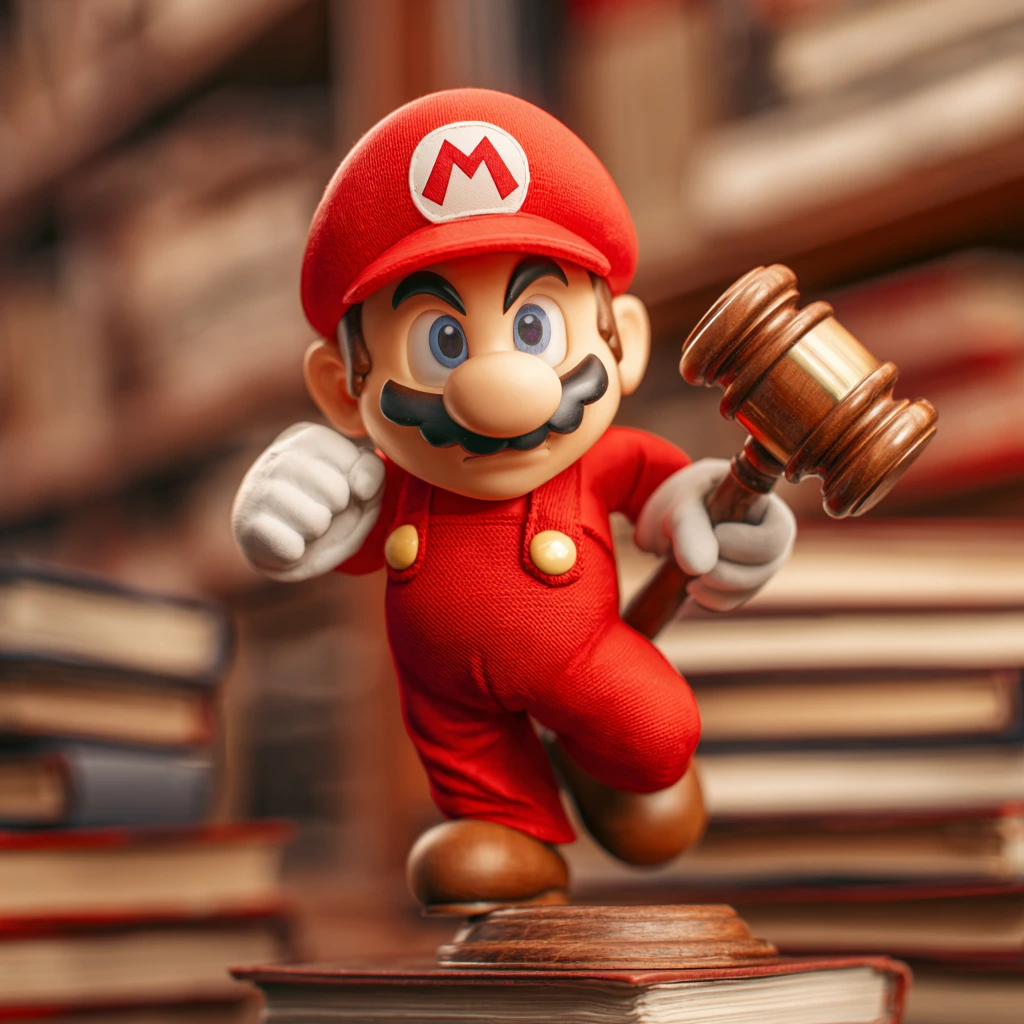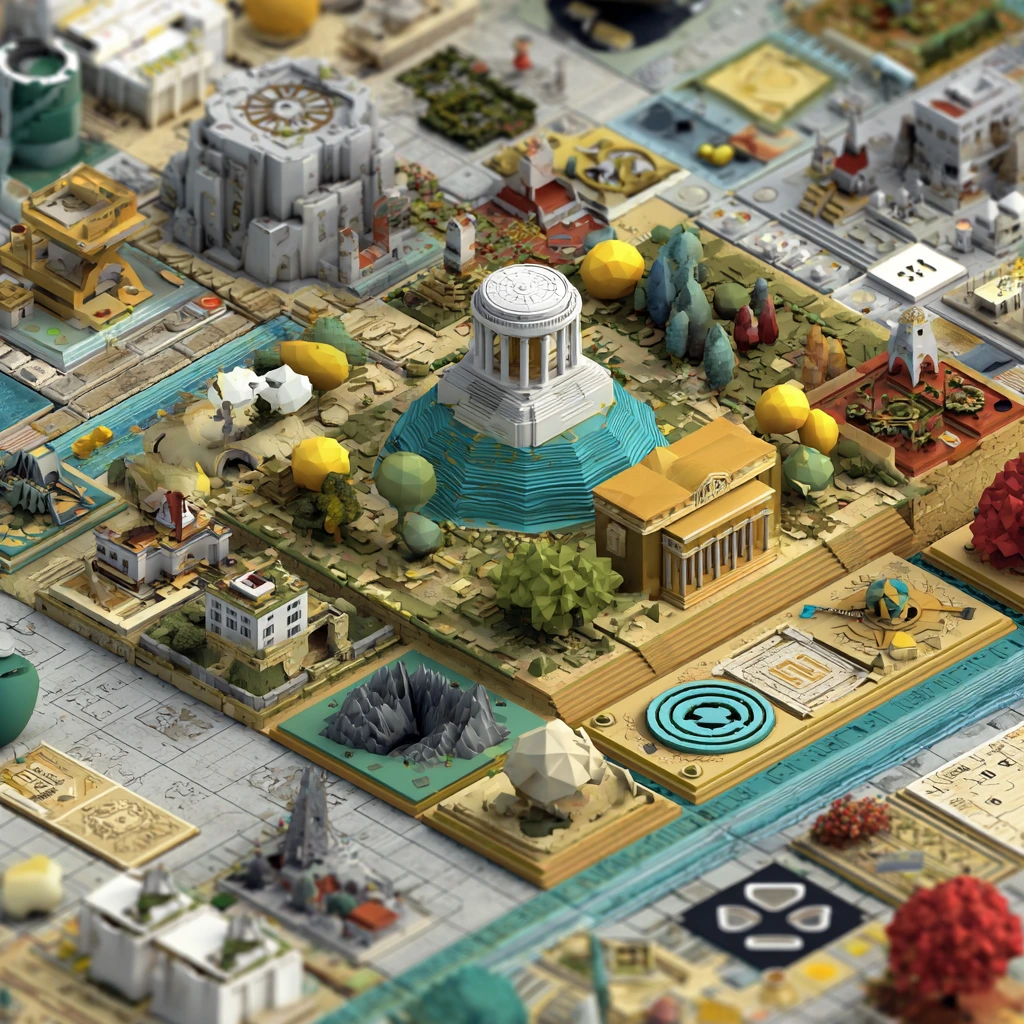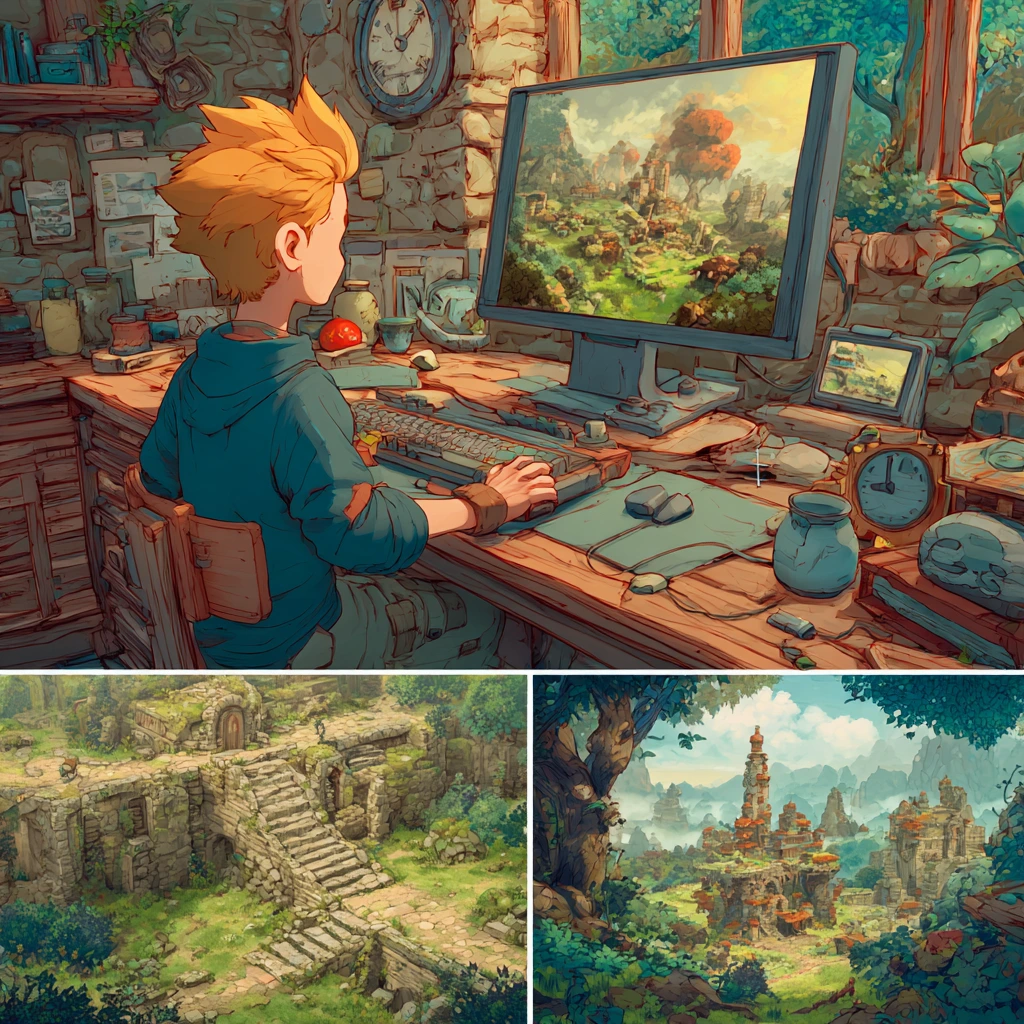In an unexpected turn of events, Nintendo has filed a lawsuit against the developers of Palworld, Pocketpair, accusing them of infringing on several of Nintendo’s game mechanics patents. The lawsuit has caught the attention of both industry insiders and the gaming community at large, as it raises crucial questions about intellectual property (IP) rights in the gaming industry, especially concerning indie games. Palworld, a game that blends monster collecting with survival elements, has been compared to Pokémon, sparking a legal battle that could have significant repercussions for both developers and gamers. Here’s a breakdown of the situation, the lawsuit’s impact, and what it could mean for the future of game development.
Nintendo’s Legal Claims: The Heart of the Lawsuit
Nintendo’s lawsuit targets several patents related to core mechanics found in Palworld, specifically its creature capturing system, mount-switching feature, and gliding mechanics. These elements, Nintendo claims, infringe on its intellectual property, primarily derived from the Pokémon series, which has become one of the most successful franchises in gaming history. The key claims are:
Creature Capture Mechanics
One of the focal points of the lawsuit is the capture system in Palworld, which allows players to catch and train various creatures to battle, much like the Pokémon games. Nintendo argues that this mechanic closely mirrors the patented Poké Ball system, a central feature in its Pokémon franchise. This claim is pivotal, as it could potentially extend to any future games that feature similar mechanics, creating significant concerns for developers of monster-collecting or creature-themed games.
Mount-Switching Feature
Another major point of contention is Palworld‘s ability to switch between rideable creatures during gameplay. Nintendo holds patents related to using creatures as mounts in various contexts, and Pocketpair’s similar feature is alleged to be a violation of these rights. This move is seen as an effort by Nintendo to control the broader concept of using creatures for transportation, potentially stifling innovation in open-world or adventure games that rely on this dynamic.
Gliding Mechanics
Nintendo has also included the gliding mechanic in the lawsuit, claiming it is protected under its patents. Gliding is an essential part of Palworld, allowing players to explore the world in a fluid and dynamic way, and Nintendo’s claim could limit the use of similar mechanics in future titles, especially indie games that often rely on creative exploration mechanics.

Pocketpair’s Response: A Defiant Stand for Indie Developers
In response to the lawsuit, Pocketpair has strongly denied the allegations and challenged the validity of Nintendo’s patents. The indie developer argues that the mechanics Nintendo claims ownership of are not unique to the Pokémon franchise and have been used in various other games, including ARK: Survival Evolved and Titanfall 2. Pocketpair also points to the success of games that feature similar mechanics, such as the Zelda series, which has allowed players to interact with creatures and use mounts for decades.
Pocketpair’s defense is built on the argument that these game features are not novel, and therefore should not be protected under patent law. They have called Nintendo’s lawsuit an attempt to undermine indie game development and stifle competition in the gaming industry. By challenging the patents, Pocketpair hopes to ensure that smaller studios can continue to innovate without fear of legal repercussions from larger corporations.
Industry Reactions: Intellectual Property and Indie Game Development
The lawsuit has sparked a heated debate within the gaming community about the role of intellectual property in game development. Many industry experts and indie developers view Nintendo’s actions as an overreach, with the potential to set a dangerous precedent for the gaming industry. The primary concern is that if large corporations like Nintendo can claim ownership over basic gameplay mechanics, it could stifle creativity and limit the freedom of smaller studios to innovate.
Some critics argue that granting patents for fundamental gameplay concepts, like creature capture or gliding, goes against the very nature of game development, which thrives on building upon existing ideas. Intellectual property experts have expressed concern that such patents could restrict the growth of the gaming industry, particularly for indie developers who often rely on familiar mechanics to create unique experiences.
On the other hand, there are those who support Nintendo’s legal actions, arguing that companies have the right to protect their intellectual property, especially when it is tied to a successful and valuable brand like Pokémon. They contend that the gaming industry needs stronger protections to safeguard innovative mechanics from being copied by other studios looking to capitalize on popular ideas without investing in original development.

What’s at Stake: The Future of Game Development
The outcome of this lawsuit could have far-reaching consequences for the gaming industry, particularly regarding the patenting of game mechanics. If Nintendo’s claims are upheld, it could open the door for broader patenting of common gameplay features, such as creature collection, mount riding, and even basic movement mechanics like gliding. This would likely lead to an increase in patent trolling within the industry, where companies file lawsuits against smaller developers for allegedly infringing on vague or overly broad patents.
On the other hand, if Pocketpair succeeds in defending its game, it could set a significant precedent in favor of the public domain, reaffirming the idea that basic gameplay mechanics should not be owned by any one company. Such a decision could encourage more innovation in the industry, giving developers the freedom to experiment with and improve upon existing ideas.
The Bigger Picture: Legal Battles and Their Impact on Indie Game Development
The Nintendo vs. Palworld lawsuit is a prime example of the ongoing tension between large corporations and indie developers in the gaming industry. While big companies have the resources to protect their intellectual property, smaller studios often face significant challenges when dealing with legal disputes. The outcome of this case could shape the future of indie game development, as it will either reinforce the notion that basic game mechanics are fair game or set a precedent that could restrict innovation.
If Nintendo’s claims are deemed valid, it could send a warning to other indie developers that their creative freedom is at risk. However, if Pocketpair prevails, it could help protect the interests of small developers and ensure that the gaming industry remains a space for creativity and innovation. The case is being closely watched by industry insiders, legal experts, and game developers alike, as it could very well determine the future of gaming and intellectual property rights in the digital age.
The next steps in this legal battle will undoubtedly have long-lasting effects on the gaming landscape. As the case progresses, both sides are expected to continue making their arguments in court, and the gaming community will remain on edge, awaiting the final decision. Until then, Palworld continues to be a symbol of the challenges faced by indie developers in a highly competitive and legally complex industry.
The Nintendo vs. Palworld lawsuit has thrown a spotlight on the complex relationship between intellectual property, innovation, and the future of game development. The outcome of this case will likely reverberate throughout the gaming industry, shaping the rules for what can and cannot be patented in the realm of interactive entertainment. For indie developers, this lawsuit represents a critical juncture in the ongoing struggle for creative freedom and fair competition in the world of video games. The final ruling may set the stage for a new era of gaming, one where the boundaries of intellectual property and creativity are constantly tested and redefined.

Table of Contents
The Volonaut Airbike: Flying Into the Future of Urban Transport – trendsfocus